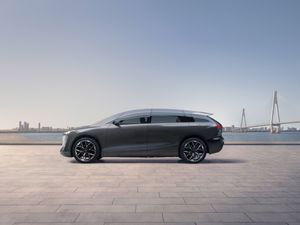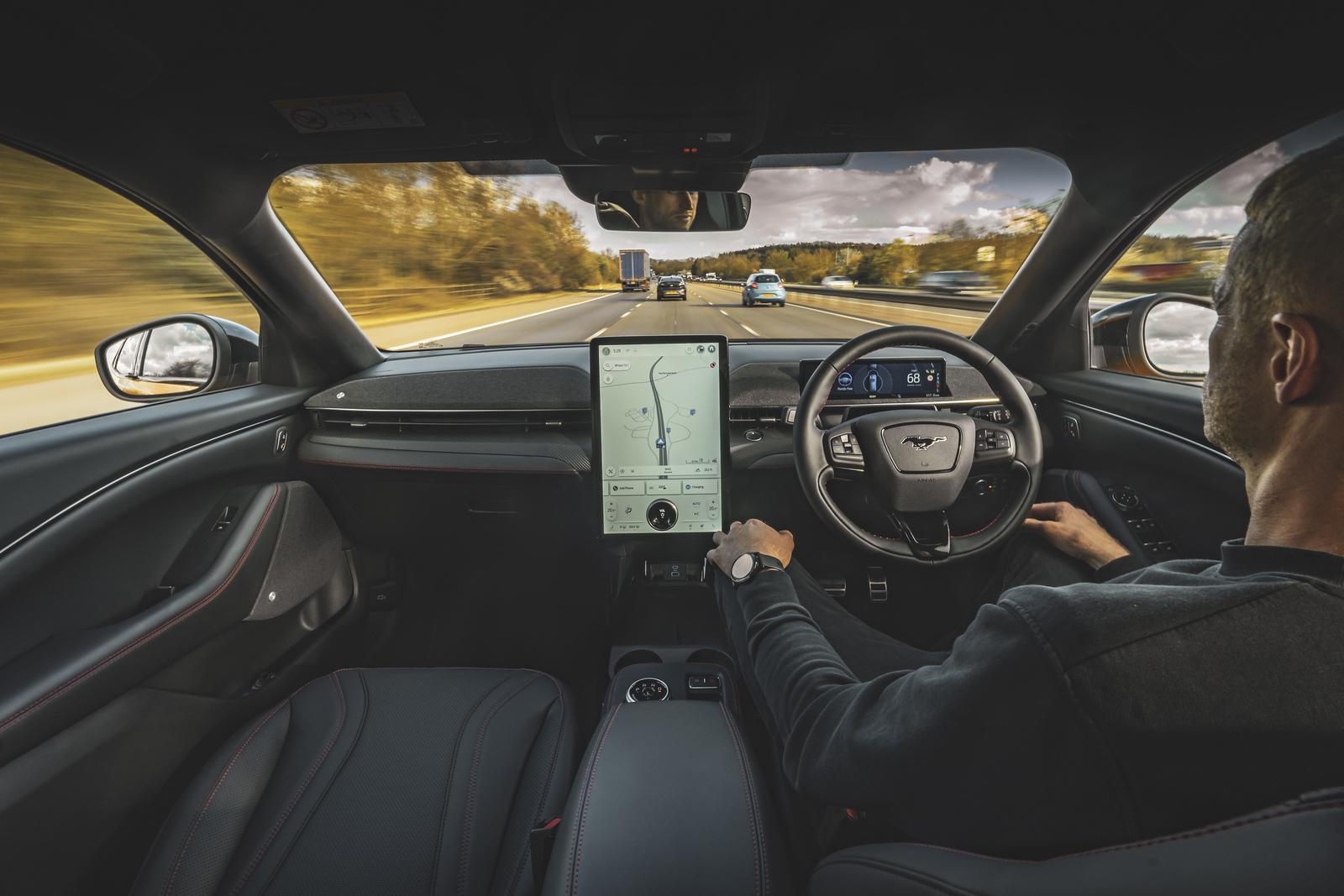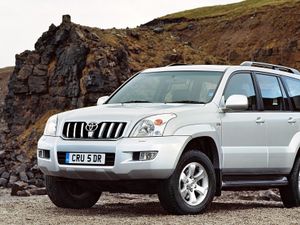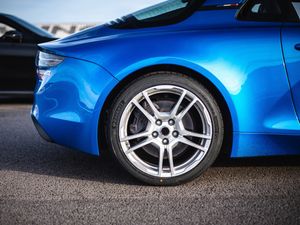What could the future of driving have in store for motorists?
Some next-generation innovations could shape how we get from A to B.

The level of technology offered by modern-day cars is remarkable. We’re already driving around in vehicles which offer the kind of features that would’ve been the product of science fiction a few decades ago, with these innovations helping to make motoring safer and easier, too.
But what does the future hold and what kind of features could we expect to see in our cars? We’re going to take a look through some of what future motorists might be encountering behind the wheel.
Higher levels of autonomous driving

Something that has become a hot-topic in motoring is autonomous driving. The ability for the car to take the reins entirely is still a little way away, but cars are already having some form of autonomous technology integrated into their design. Most recently, Ford has introduced its own ‘hands-off’ system that has gained approval for use on certain sections of UK motorway.
Over the coming years, it’s expected that these systems will ramp-up in their abilities, though these will only be permitted to be used on public roads once legislation changes.
Intelligent head-up displays

Head-up displays are already a feature on many new cars and they’re a great way of quickly and easily seeing key information – such as speed and navigation – projected on to the windscreen ahead of the driver.
However, this technology is also due to be expanded to showcase more information. As the aforementioned autonomous systems get more complex, so it leaves car creators more freedom to display greater levels of information on the windscreen.
More eco-friendly materials

Eco-friendly materials are already being integrated into many new cars on sale. Volvo, for example, has already committed to using Vegan-friendly interiors in its cars while many companies are using materials created from recovered marine plastics in their vehicles.
However, we’re expecting to see this go further over the next few years. The Citroen Oli concept, for example, uses cardboard in its makeup which makes it ‘greener’ to produce but also easier to recycle at the end of its life.
Great electric car range

The range that you get from electric cars is getting longer with each new model, but it’s likely that as battery technology improves we’ll see EVs that can go further between trips to the plug.
The new Lucid Air, for example, can manage over 500 miles from a charge so it’s expected that will increase as the years go on.
New tyre technology

It’s not just the cars themselves that will change – tyres are predicated to evolve, too. They’re the only point of contact between a car and the road, after all, so they’re hugely important and play a key role in how a vehicle feels.
If you take the Citroen Oli once again, it’s equipped with tyres that are made from completely sustainable or recycled materials while its tread can actually be renewed to extend the life of the tyres.
Customisable cabins

A number of manufacturers are seeing the cabins in their cars as ‘living spaces’ rather than solely places to drive. As autonomous tech ramps up, car interiors could soon switch to become lounges or even workplaces on the move.
This freedom will allow the seats to ‘swivel’ to create a conference-style area, or additional multimedia options could be provided to make a journey more comfortable and interactive.





